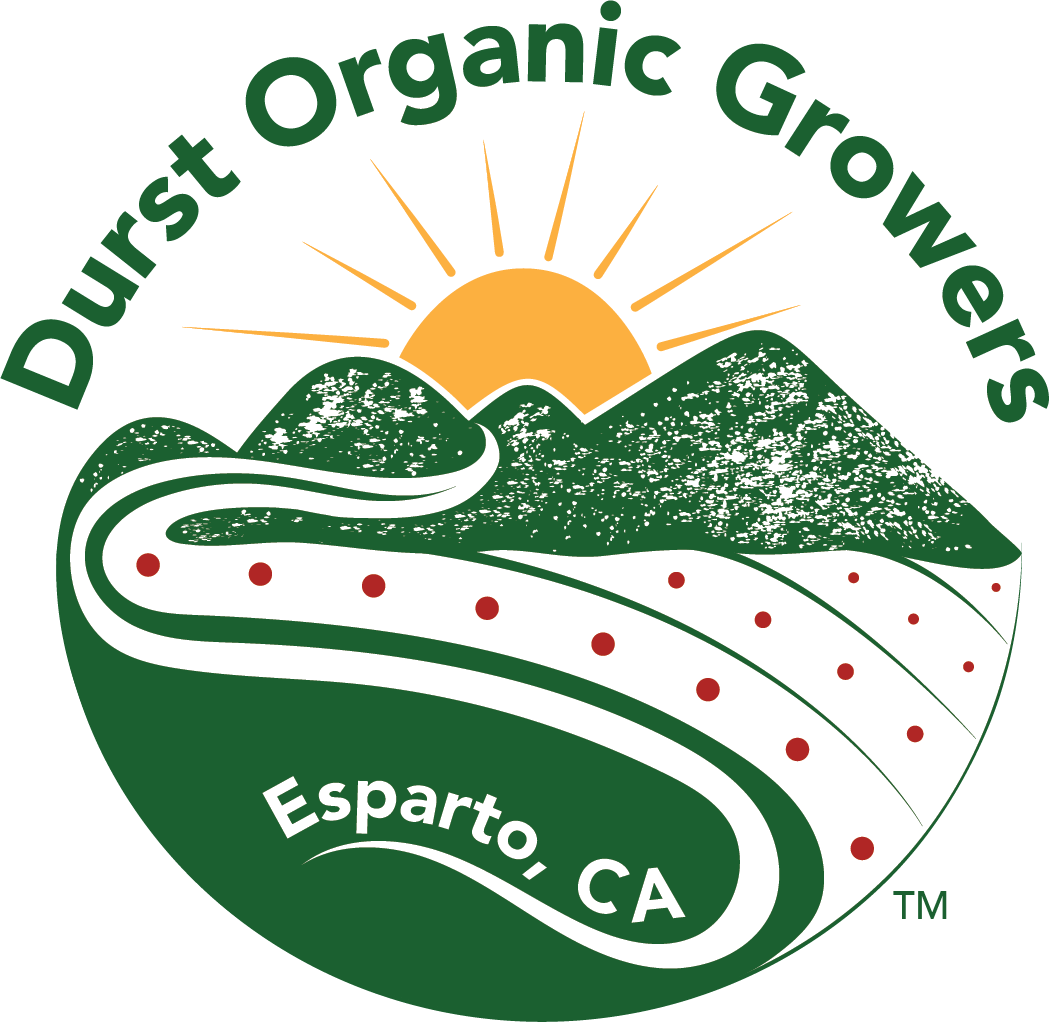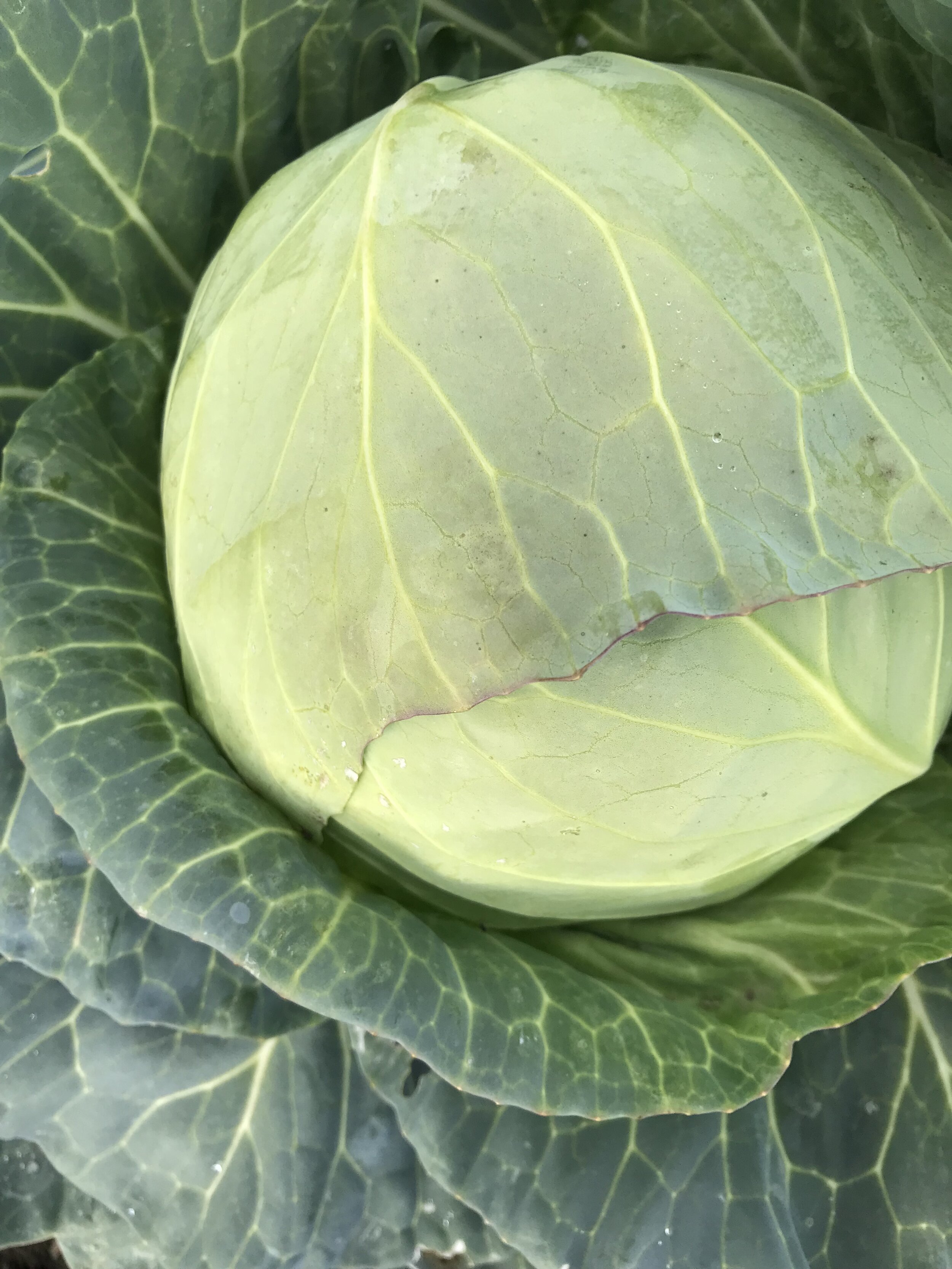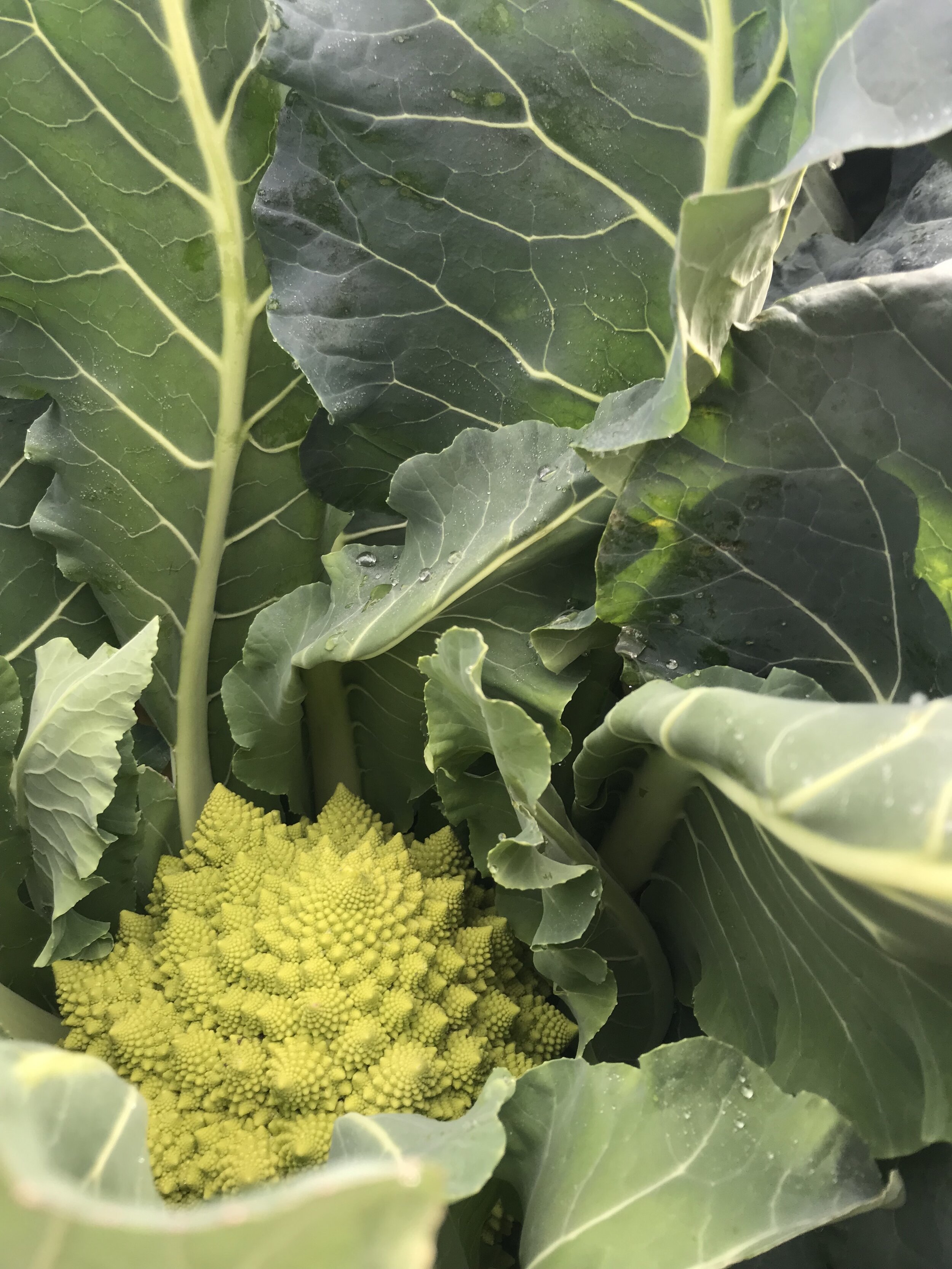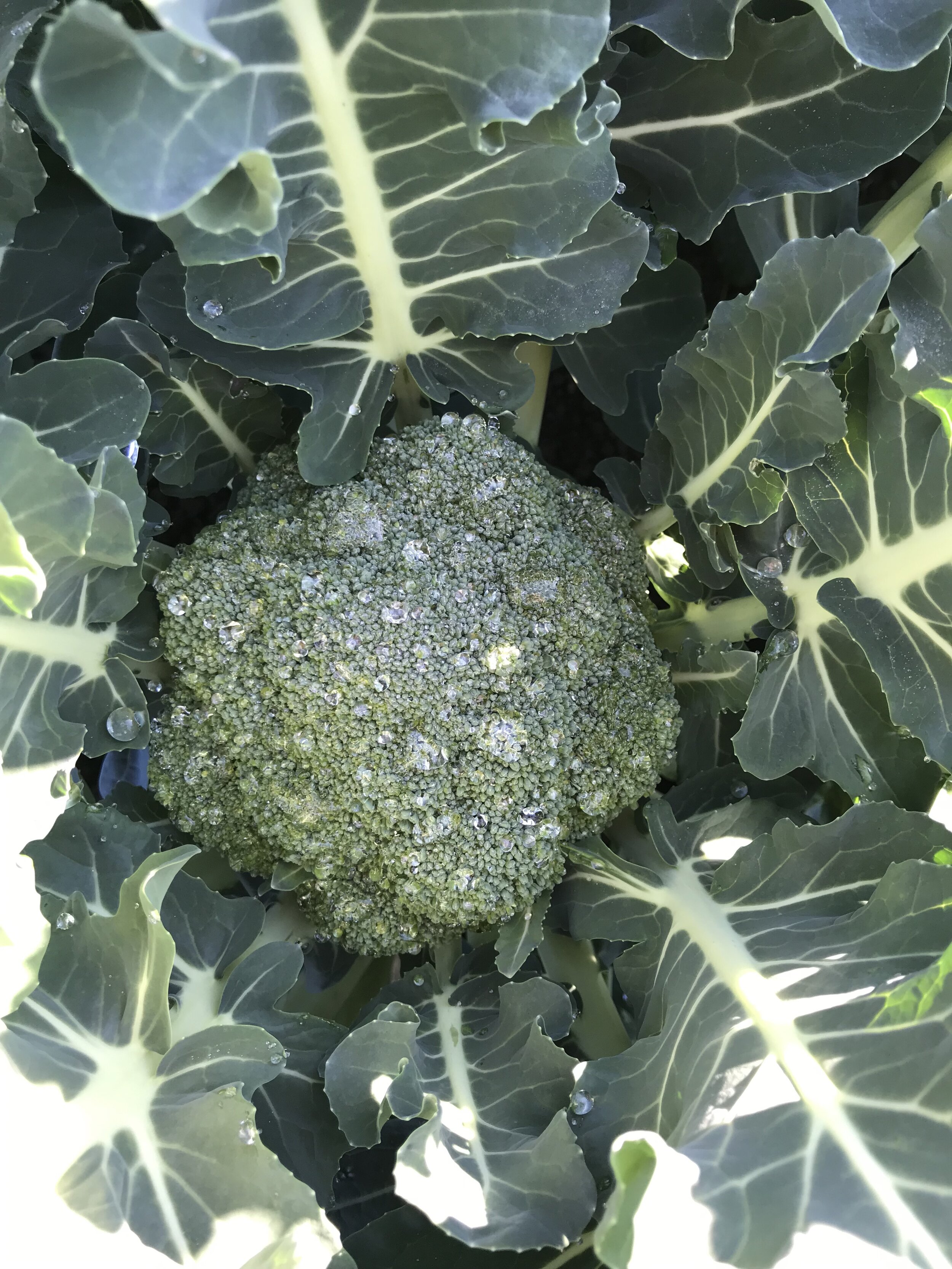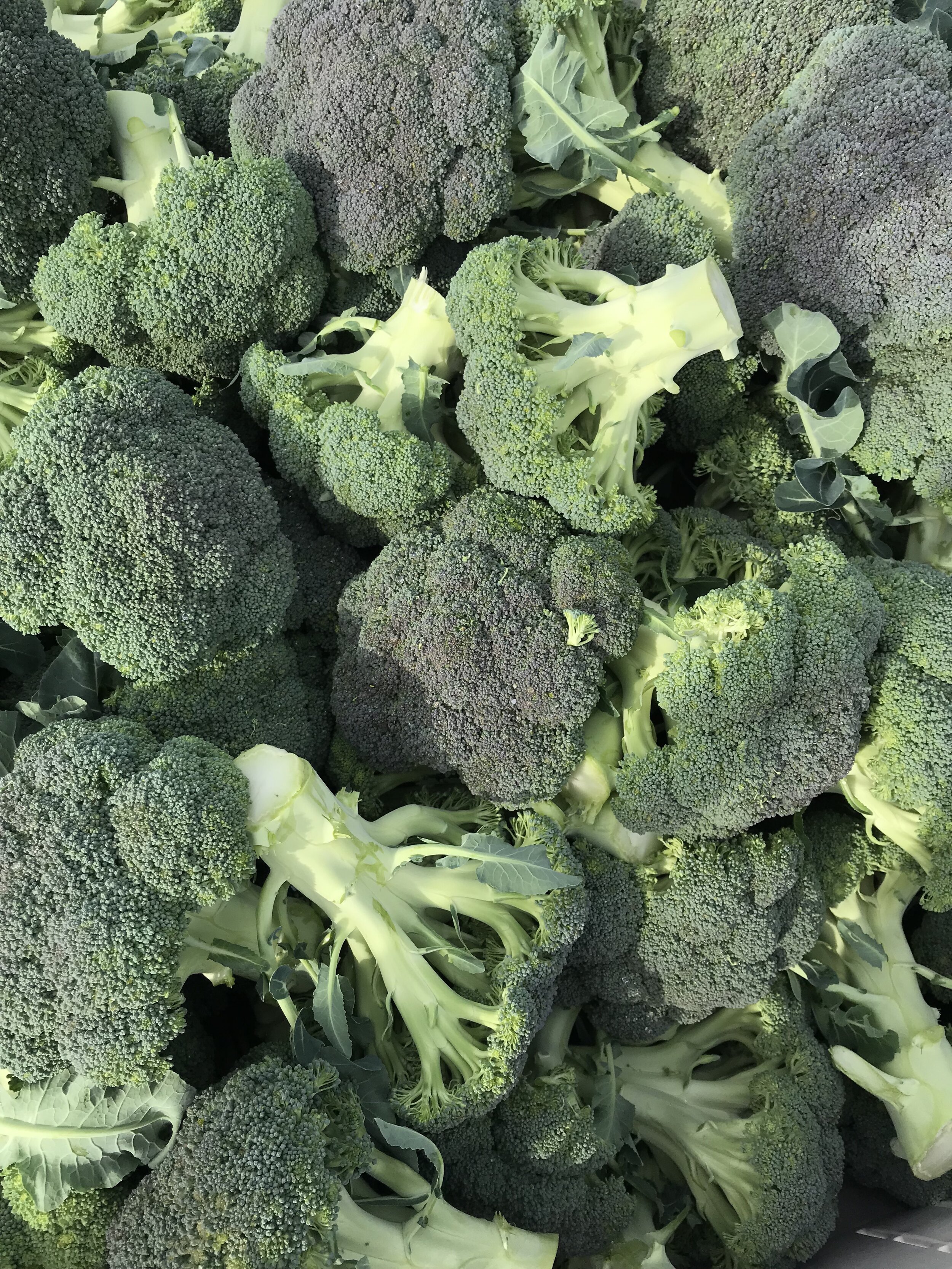Winter Water "Wisdom," or Hooray for Rain!
We finally got some rain!
Some much needed rain. Along with it came a good amount of wind and a few power outages, but our gratitude for the rainfall leaves us feeling complaint-free.
Before the rain hit, we were able to plant out our last field of barley (just in time!) in a field that we are going to dry crop, meaning it will rely only on the water from the rain. Even if we wanted to run it, we do not have an irrigation system set up in that block; once the rain stops, so too will the water for that field. In fact, we doubled up in our rotations of barley (planted it for the second year in a row, a practice we generally avoid) in another field because even with the irrigation systems in place, we are not sure we’ll have a reliable source of water to that field this year. Despite the downpour we’re having at the moment, it’s been (and looking to continue to be) a relatively dry year and our wells can only provide so much.
While barley can withstand some dryness towards the end of its growing cycle, about when the rain should be leaving us for the season, growing vegetables in our dry, arid central valley of California requires irrigation. On our farm, we get irrigation water from two sources: wells (underground) and canals (surface water). Our wells supply clean, abundant, water from a depth of 400-900 feet underground, but not every field is equipped with one.
For the fields without well water access, we utilize the surface water running through the county’s irrigation canals. These canals were built in the 1930s and 40s and they divert the water running through Cache Creek from both Clear Lake and Indian Valley reservoir. When we want to use that water, we put in an order with the Water District for the location and amount we need, and like magic (or a well oiled and manned machine), it flows down to us. A benefit of using this water is that it helps us maintain our aquifer levels by providing an alternative to the well water; the catch being that the reservoirs, like the aquifer, are recharged by snowfall (as it melts into streams and rivers) and rainwater, so during a drought, there might not be enough water to release from the reservoirs down into the canals that lead to our farm’s fields.
Once (and if!) the water gets to a point where we can access it (either from the well’s pump, or the irrigation canal system), we get it into our fields using either buried drip tape, overhead sprinklers, or flooding. Because sprinklers and flood irrigation are not the most water-conscious methods of irrigation, we use them very sparingly (sprinklers to establish new transplants and the flood for our alfalfa or when we need to add a lot of water to a very dry field – like we did a few weeks ago to water in our cover crop after a dry spell). We irrigate most of our fields and crops with buried drip tape, as it offers many benefits on top of being more water wise than the alternatives.
Buried drip offers us the ability to water plants efficiently, right at their root systems, without losing any water to runoff or evaporation; we can also easily run organic nutrients through the water system (a process called fertigation) if the plants need a little boost during their growth cycle. With the buried drip we can harvest and irrigate simultaneously (not so easy with sprinkler pipes in the field and water overhead!), which takes out an element of potentially confusing scheduling coordination. Using buried drip minimizes weeds by keeping the top of the soil dry, which means we have less need to drive the tractors through the field for cultivating, and less hand hoeing!
There are drawbacks, of course – we can’t always find leaks right away, fixing issues can require a bit of exploratory digging, it’s a plastic product and needs to be replaced (and recycled) every 3-5 years – but we see the benefits as outweighing the cost here. There is always some give and take.
Luckily, we don’t need to be using any irrigation at this very moment, though that wasn't the case the last few weeks. It can be easy to forget about the implications of a dry winter and potential problems down the road when you’re busy enjoying 70-degree sunny days in January! It’s not until you have to kick on the irrigation systems in the middle of winter to water cover crops and grains to remind you that you are farming in a perpetual drought state, and this dry winter might roll into an even dryer spring and summer.
Here we were hooking up a water tank to our hedgerow on a sunny, spring-like, morning in the weeks before we received the rainfall. Irrigating? In January?!
During our enjoyment of the sunshine, though, we were busy harvesting produce for our local food bank and rural community’s food distributions, planting sugar snap peas, barley, and that broccoli cover crop we talked about last month. Since it was so warm and dry, the weeds were shooting up in our first planting of peas, and we got a chance to cultivate those before the rain came in. We were also able to sneak in another planting of cool-weather veggie transplants, destined for the food bank and local distributions (and our farm kitchen and employee families!).
Here we are planting a third succession of sugar snap peas, checking to ensure the seeds are going into moisture in the soil.
When we weren’t outside, we had our noses buried in seed catalogues planning for our upcoming plantings and dreaming of the summer. We’re excited to be able to be growing vegetables for you, and look forward to sharing some new things this year.
How’s the winter weather where you are? What are you cooking right now (we hope it’s that Durst Organic Growers winter squash you’ve been saving on your counter)?
What would you like to see more of from us in 2021? As always, we’d love to hear from you!
